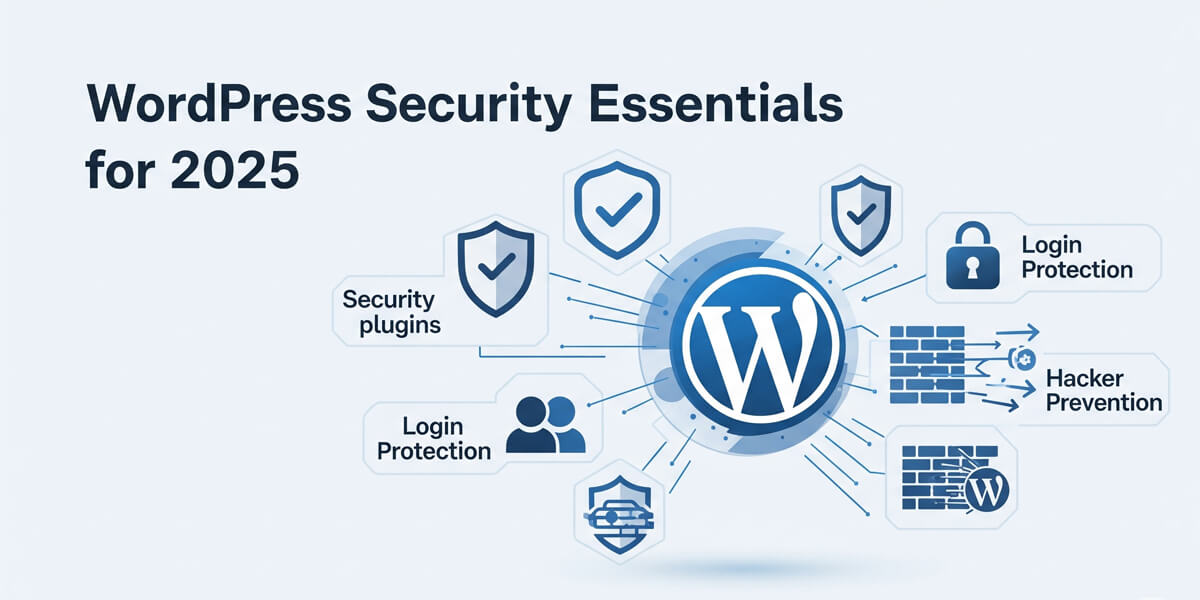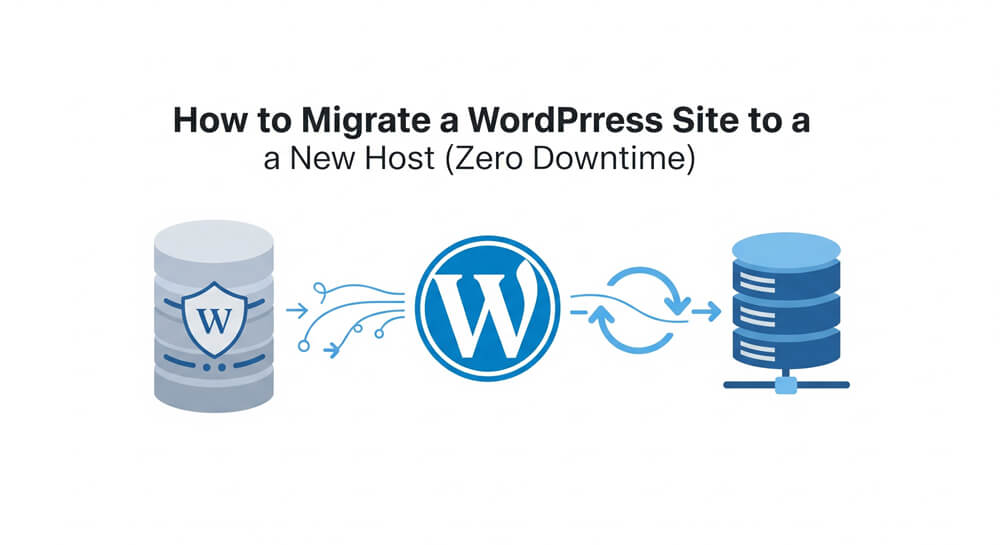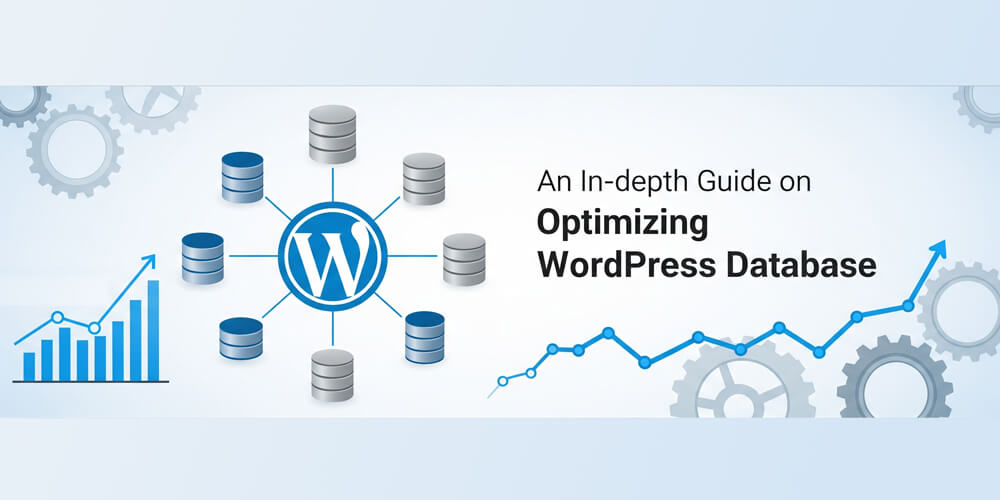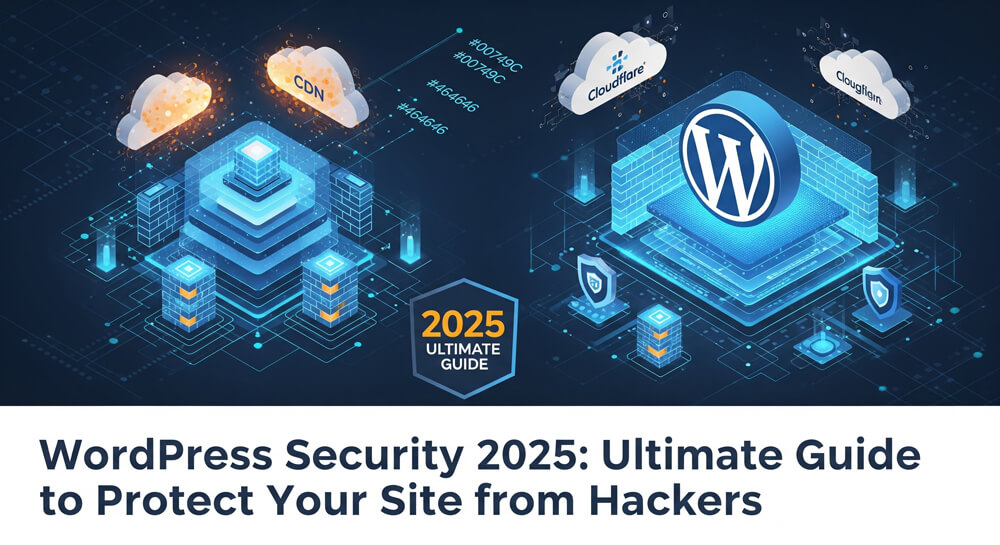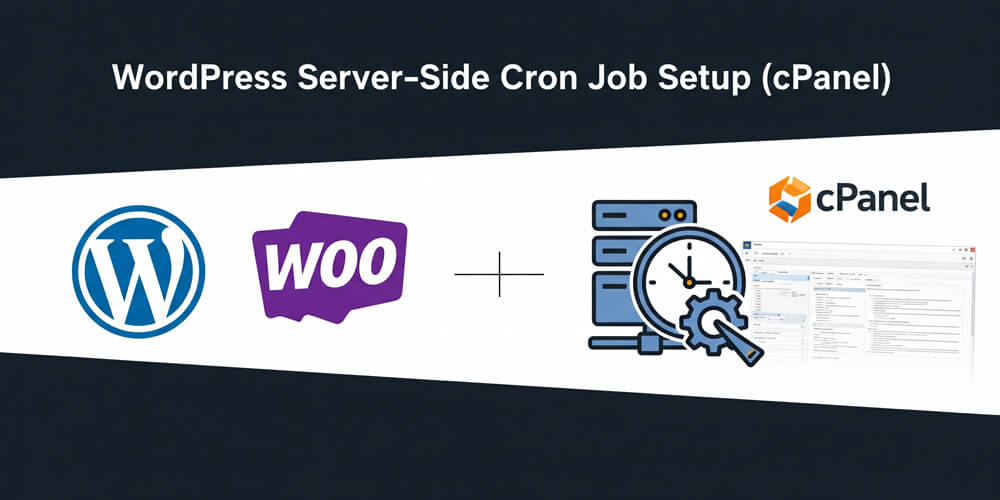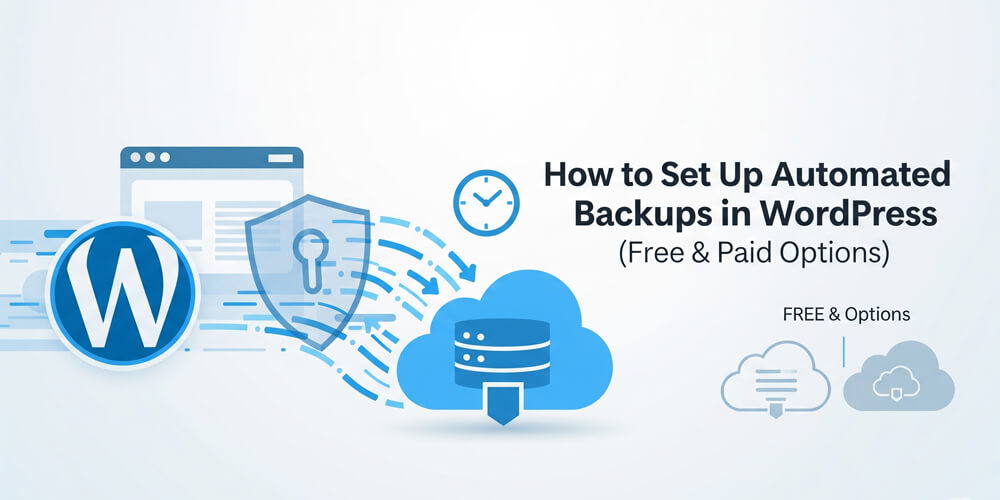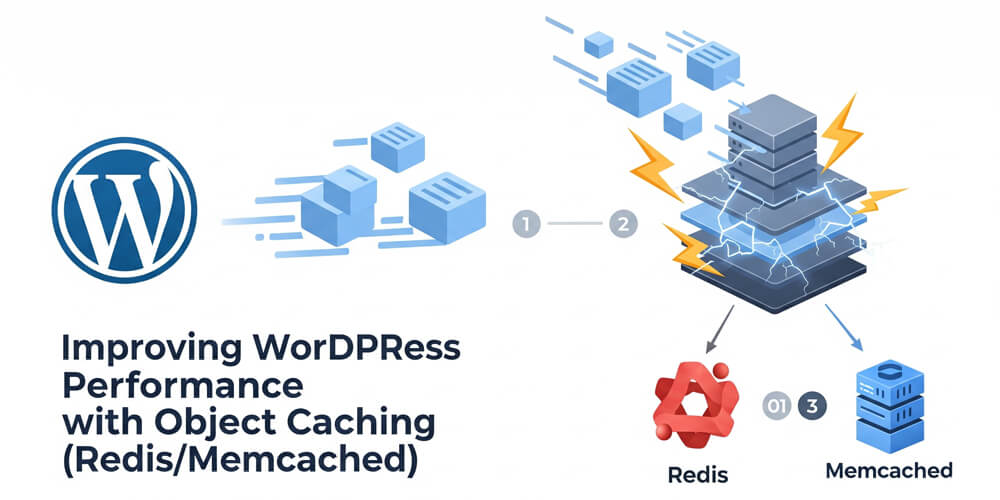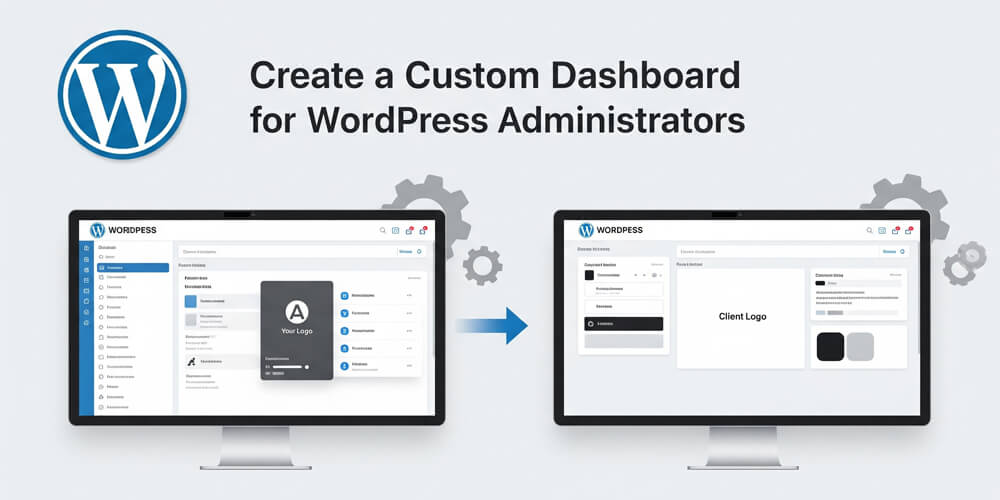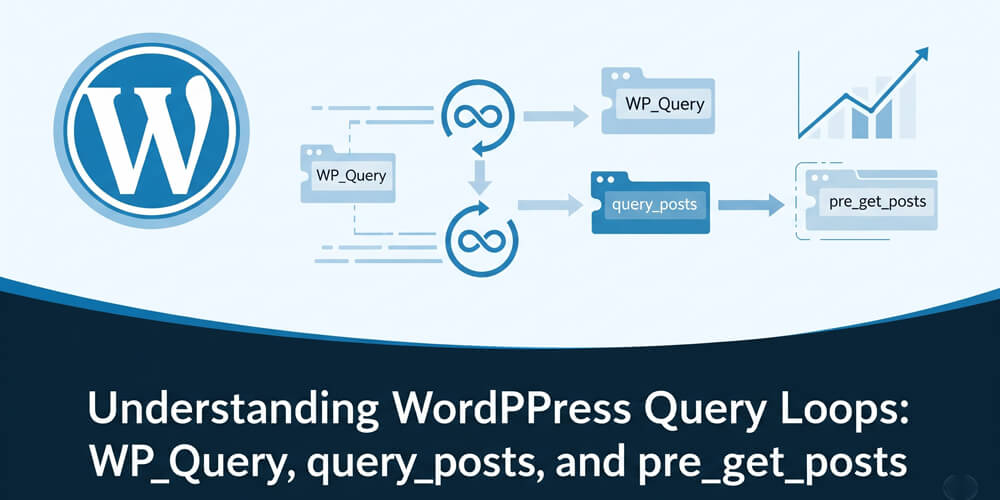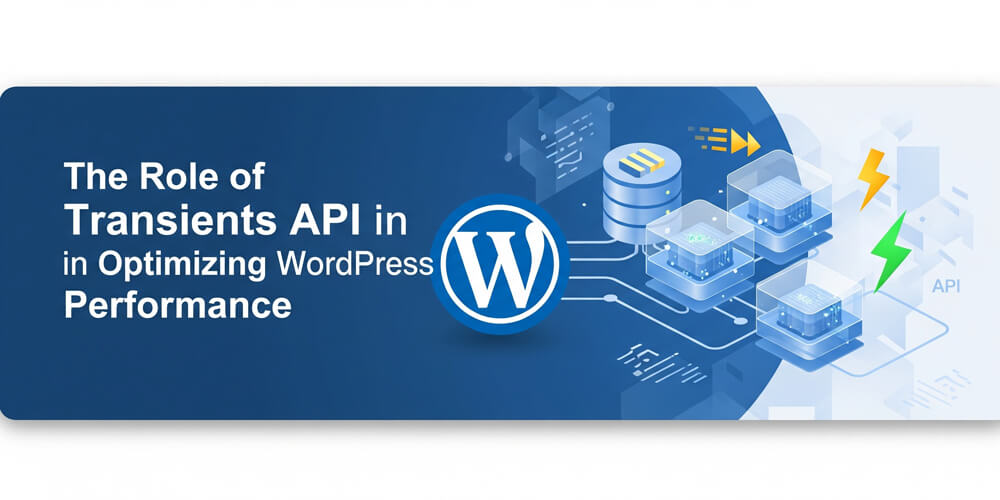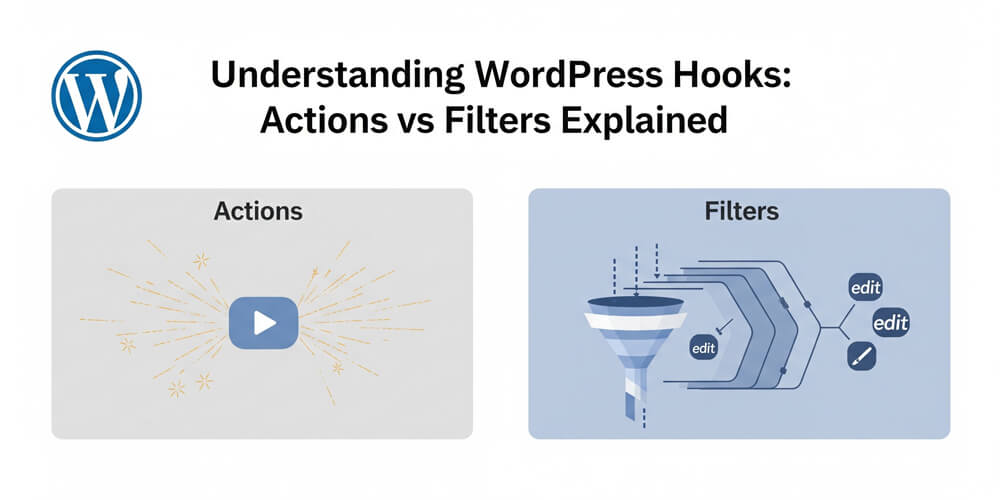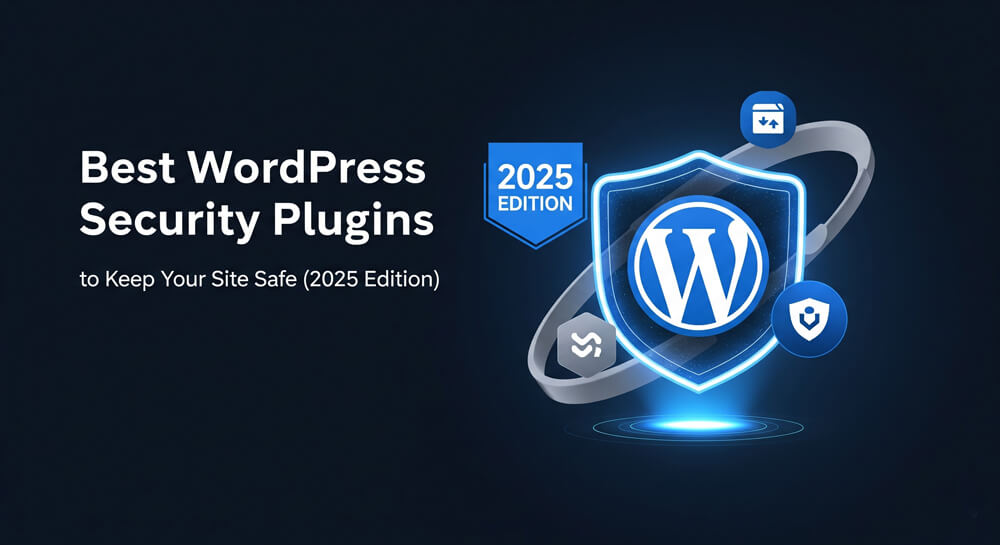Welcome to WordPress Security Essentials for 2025! In today’s rapidly evolving digital landscape, WordPress remains the backbone of over 40% of all websites—making it a lucrative target for cybercriminals, automated bots, and sophisticated malware. As threats grow more advanced in 2025, simply installing a few plugins is no longer enough. Whether you manage a personal blog, a thriving eCommerce store, or a mission-critical business site, robust security is essential to protect your data, your users, and your reputation.
This comprehensive guide goes far beyond the basics. You’ll discover the latest expert strategies for hardening your WordPress site, including must-have plugins, advanced login protection, REST API security, and proactive hacker prevention. We’ll break down real-world threats, share actionable checklists, and provide step-by-step solutions tailored for the challenges of 2025. By the end, you’ll have a clear roadmap to lock down your site, prevent costly breaches, and ensure peace of mind for you and your visitors.
Ready to future-proof your WordPress security? Let’s dive in and make your site safer than ever!
Table of Contents
Open Table of Contents
- Why WordPress Security Matters in 2025
- 1. Understanding WordPress Security Risks
- 2. Core Security Foundations
- 3. Lock Down Your Login Page
- 4. Best Security Plugins for 2025
- 5. Protect Against Hackers in 2025
- 6. Securing the WordPress REST API
- 7. Recovering from a Hack
- 8. Proactive Tips for 2025
- 9. Why Security Boosts SEO in 2025
- 10. Your 2025 Security Checklist
- Final Thoughts
Why WordPress Security Matters in 2025
In 2025, the digital landscape is more interconnected—and more vulnerable—than ever before. WordPress remains the world’s most popular content management system, making it a frequent target for cybercriminals seeking to exploit weaknesses for financial gain, data theft, or disruption. Security breaches can have devastating consequences, from lost revenue and damaged reputations to compromised user data. As threats evolve, so must your approach to protecting your website. Understanding why WordPress security is critical is the first step toward building a resilient online presence that can withstand the latest attacks and keep your visitors safe.
Cyberattacks are evolving—brute force attacks, SQL injections, and API exploits are on the rise. A hacked site can lead to data loss, downtime, SEO damage, and lost trust. In 2025, Google prioritizes secure sites, and users expect safety. This guide covers:
- Core security principles
- Top plugins and tools
- Login and API protection
- Recovery from hacks
- Proactive prevention
Ready? Let’s secure your WordPress site like a pro!
1. Understanding WordPress Security Risks
WordPress security threats are constantly evolving, and understanding the risks is the first step to effective protection. In 2025, attackers are more sophisticated, leveraging automated tools and exploiting new vulnerabilities as soon as they emerge. Whether you’re running a personal blog or a business website, knowing what you’re up against helps you take proactive measures and avoid common pitfalls. This section breaks down the most prevalent threats facing WordPress sites today, so you can recognize the warning signs and strengthen your defenses before trouble strikes.
Before we fix, let’s understand the threats in 2025:
- Brute Force Attacks: Hackers guess usernames and passwords to gain access.
- Malware & Phishing: Malicious code infects your site or tricks users.
- Outdated Software: Old themes, plugins, or WordPress core invite exploits.
- API Vulnerabilities: The WordPress REST API, if unprotected, is a backdoor.
- Weak Hosting: Poor server security amplifies risks.
Stat Alert: Over 90% of WordPress hacks in 2024 stemmed from outdated plugins or weak passwords, per Wordfence reports. Stay ahead in 2025!
2. Core Security Foundations
Building a secure WordPress site starts with a strong foundation. Before diving into advanced tactics, it’s crucial to get the basics right—these core practices form the backbone of your site’s defense against evolving threats in 2025. By focusing on updates, strong authentication, and reliable hosting, you dramatically reduce your risk of being compromised. This section outlines the fundamental steps every site owner should take, whether you’re launching a new blog or managing a high-traffic business site. Master these essentials to create a resilient, secure environment for your content and users.
Start with these essentials to build a fortress around your WordPress site.
2.1 Keep Everything Updated
Outdated software is a hacker’s best friend. In 2025:
- WordPress Core: Update to the latest version via Dashboard > Updates.
- Themes & Plugins: Check for updates weekly; remove unused ones.
- PHP: Use PHP 8.2 or higher for speed and security.
- Why: Patches fix vulnerabilities hackers exploit.
2.2 Strong Passwords & Users
Weak passwords like “admin123” are easy targets.
- Use Complex Passwords: Mix letters, numbers, symbols (e.g., “Tr0ub4dor&2025”).
- Avoid “Admin” Username: Pick a unique one during setup.
- Limit Users: Delete inactive accounts; assign roles wisely (e.g., Editor, not Admin).
- Tool: Use a password manager like LastPass for safety.
2.3 Secure Hosting
Your host matters! In 2025, choose:
- Reputable Providers: SiteGround, WP Engine, or Kinsta offer firewalls, SSL, and backups.
- SSL Certificate: Enable HTTPS for encrypted data (free via Let’s Encrypt).
- Server Hardening: Ensure your host blocks malicious IPs.
3. Lock Down Your Login Page
Your WordPress login page is the front door to your website—and in 2025, it’s a favorite target for hackers and bots. Attackers use automated scripts to guess passwords, exploit vulnerabilities, and gain unauthorized access. If your login page isn’t properly secured, you risk not only losing control of your site but also exposing sensitive user data and damaging your reputation. Fortunately, there are proven strategies to lock down your login page and keep intruders out. In this section, you’ll learn how to make your login page nearly impenetrable with practical, up-to-date techniques.
The login page (yoursite.com/wp-admin) is a common entry point for attacks. Here’s how to protect it.
3.1 Change Your Login URL
Default login URLs are predictable. Hackers target “wp-admin” for brute force attacks.
- How: Use a plugin to change it to something unique (e.g., yoursite.com/my-secret-login).
- Benefit: Bots can’t find your login page.
- Guide: Follow our step-by-step Change WordPress Login URL for Better Security to set this up in minutes.
3.2 Add Two-Factor Authentication (2FA)
2FA adds a second layer (e.g., a code to your phone).
- Plugins: iThemes Security, Wordfence, or Two Factor.
- Setup: Install, enable 2FA, and link to an app like Google Authenticator.
- Why: Even if a password leaks, hackers can’t get in.
3.3 Limit Login Attempts
Stop brute force attacks by capping tries.
- Plugin: Use “Limit Login Attempts Reloaded.”
- Config: Set to 3 attempts, then lock out for 24 hours.
- Impact: Blocks automated bots in 2025.
4. Best Security Plugins for 2025
Choosing the right security plugin is crucial for safeguarding your WordPress site in 2025. With threats evolving rapidly, modern plugins offer advanced features like real-time malware scanning, firewalls, and automated backups. The right tools not only block attacks but also simplify security management, even for non-technical users. Below is a curated list of the best security plugins for 2025 to help you protect your site with confidence.
Plugins are your allies. Here’s a curated list of the best for 2025:
| Plugin | Key Features | Why It’s Top for 2025 |
|---|---|---|
| Wordfence | Firewall, malware scan, 2FA | Real-time threat detection |
| iThemes Security | Login protection, file monitoring | Easy for beginners, robust tools |
| Sucuri | Firewall, malware cleanup, CDN | Cloud-based protection |
| All In One WP Security | Brute force block, DB security | Free, comprehensive, user-friendly |
| Jetpack Security | Backups, spam block, downtime alert | All-in-one with daily scans |
- Install: Go to Dashboard > Plugins > Add New, search, install, and activate.
- Deep Dive: Explore our full list at Best WordPress Security Plugins to Keep Your Site Safe 2025 for setup tips and reviews.
Pro Tip: Use 1-2 security plugins max—overlapping tools can slow your site.
5. Protect Against Hackers in 2025
In 2025, hackers are using more advanced tactics than ever before, targeting WordPress sites with automated bots, zero-day exploits, and sophisticated phishing schemes. Protecting your website requires a proactive, multi-layered approach that goes beyond basic security measures. In this section, you’ll learn actionable steps to harden your site, block malware, and ensure you’re prepared for the latest threats—so you can stay one step ahead of attackers.
Hackers are smarter in 2025—here’s how to stay ahead.
5.1 Harden Your Site
- File Permissions: Set files to 644 and folders to 755 via FTP (e.g., FileZilla).
- Disable File Editing: Add
define('DISALLOW_FILE_EDIT', true);to wp-config.php. - Hide WP Version: Conceal your WordPress version to deter targeted attacks.
5.2 Backup Regularly
A backup saves you if hacked.
- Plugins: UpdraftPlus or BackupBuddy for auto-backups.
- Schedule: Daily to cloud (Google Drive, Dropbox).
- Test: Restore a backup to ensure it works.
- More: See Set Automated Backups for WordPress: Free & Paid Options.
5.3 Block Malware & Exploits
- Scan Regularly: Use Sucuri or Wordfence to detect malware.
- Firewall: Enable a web application firewall (WAF) via Sucuri or Cloudflare.
- 2025 Focus: Bots target vulnerabilities—stay proactive.
Resource: Check Secure Your WordPress Site from Hackers: 2025 Edition for advanced tactics.
6. Securing the WordPress REST API
The WordPress REST API enables powerful integrations and modern functionality, allowing apps and services to interact with your site. However, in 2025, this flexibility also introduces new security risks—attackers can exploit exposed endpoints to steal data or compromise your site. Understanding how the REST API works and taking steps to secure it is essential for every WordPress site owner who wants to stay protected against evolving threats.
The REST API powers modern features but can be a weak spot.
- Risk: Unprotected APIs let hackers access data or inject code.
- Fix:
- Disable unused endpoints: Add plugins like “Disable REST API.”
- Authenticate requests: Require keys for API access.
- Monitor activity: Use a security plugin to log attempts.
- Guide: Dive into Securing WordPress REST API for code snippets and setup.
7. Recovering from a Hack
Recovering from a WordPress hack can feel overwhelming, but quick, decisive action is key to minimizing damage and restoring your site’s integrity. In 2025, attacks are more sophisticated, so it’s crucial to know exactly what steps to take if your site is compromised. This section guides you through the recovery process, helping you regain control, clean up malware, and strengthen your defenses for the future.
If the worst happens, act fast in 2025.
7.1 Steps to Recover
- Identify: Spot odd behavior (new users, strange files).
- Isolate: Take your site offline (maintenance mode).
- Clean: Remove malware—use Sucuri or a manual scan.
- Restore: Use a clean backup to rebuild.
- Secure: Update passwords, plugins, and harden site.
- Help: Follow Actions to Recover a Hacked WordPress Site for a detailed checklist.
7.2 Post-Hack Steps
- Change all passwords and API keys.
- Notify users if data was compromised.
- Resubmit your sitemap to Google to fix SEO.
8. Proactive Tips for 2025
In 2025, proactive security is more important than ever—waiting for an attack is no longer an option. By taking preventive steps and staying informed, you can dramatically reduce your risk of being compromised. This section highlights actionable tips and ongoing habits to keep your WordPress site secure, resilient, and ahead of emerging threats all year long.
Stay ahead with these expert strategies:
- Monitor Logs: Use a plugin to track login attempts and file changes.
- Use HTTPS: Ensure SSL is active for all pages.
- Educate Yourself: Visit Security Category for ongoing tips.
- Cloudflare: Add a CDN and firewall for extra protection.
- Regular Audits: Check WordPress Security Tag for updates.
9. Why Security Boosts SEO in 2025
In 2025, website security isn’t just about protecting your data—it’s a critical factor in how search engines rank your site. Google and other search engines increasingly prioritize secure, trustworthy websites in their algorithms. By investing in robust security measures, you not only safeguard your visitors but also gain a competitive edge in search results. Here’s how security directly impacts your SEO:
- HTTPS: A ranking factor since 2014, critical in 2025.
- User Trust: Secure sites reduce bounce rates, boosting rankings.
- Speed & Safety: Pair security with performance—see Improve Core Web Vitals for Your WordPress Site.
10. Your 2025 Security Checklist
- Update WordPress, themes, and plugins.
- Use strong passwords and 2FA.
- Change login URL: Change WordPress Login URL for Better Security.
- Install a security plugin: Best WordPress Security Plugins 2025.
- Secure REST API: Securing WordPress REST API.
- Set backups: Set Automated Backups for WordPress.
- Harden site: Secure Your WordPress Site from Hackers: 2025 Edition.
- Monitor Security Category and WordPress Security Tag.
Final Thoughts
Securing your WordPress site in 2025 isn’t just about avoiding hacks—it’s about building trust, boosting SEO, and protecting your hard work. From changing your login URL to leveraging top plugins and recovering from attacks, this guide equips you to thrive. Start today: lock down your site, explore our Security Category, and stay vigilant with WordPress Security Tag updates.
Got questions? Drop a comment or contact me! Let’s make 2025 your safest WordPress year yet!

